Don't wanna be here? Send us removal request.
Text
My river is thirsty! Feed it with Mercy!
My river is thirsty! Feed it with Mercy!
Introduction
The Tapti river, more commonly known as the Tapi river is a water body that provides for all of us. This river flows from the hills of south-central Madhya Pradesh, making its way from Maharashtra, Surat Gujarat, and finally to the Gulf of Khambhat and into the Arabian sea.
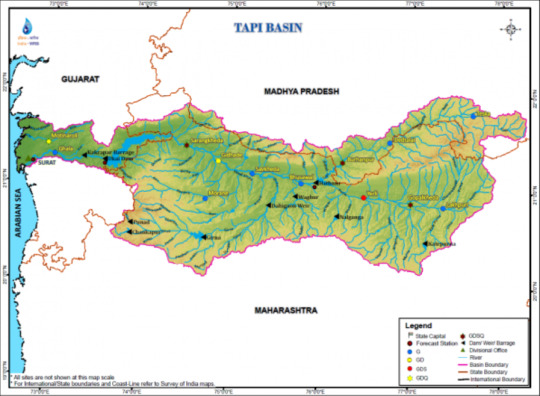
Being the 2nd largest river in India, it provides water to 3 major states, Gujrat, Maharashtra, and Madhyapradesh, and is also given great importance in Hindu and Muslim religions, based on its history of it, and is also worshiped on numerous occasions, by thousands of people.
Even though, with its importance and how essential it is, the river has gone through a lot in the past decade.
The Problem
With the increased development and globalization, heavy industrialization, and increased usage of plastic, we have forgotten what has quenched our thirst over the years. More and more plastic is being dumped into the river, along with the industrial waste. The Central pollution board has also classified the Tapi-river as moderately polluted, as the water hardness, cleanliness, and overall quality have started to deplete over the past few years.
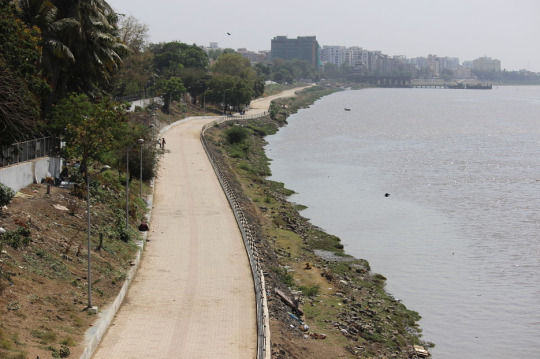
A lot of sewage has gathered in several places, near the river and its bank, and is affecting all the marine and terrestrial around it. Many times fishes are also found on the river banks, during summers and monsoon seasons, the river also occurs to be brown occasionally during the winters. Surat, Madhyapradesh, and Nasik are known for their industries in India for manufacturing and textile purposes, and the byproducts of production are also introduced to freshwater steam.
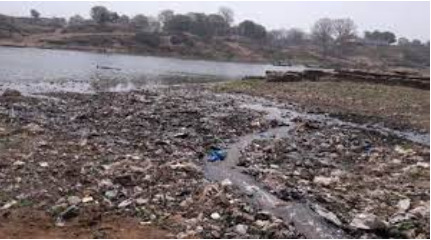
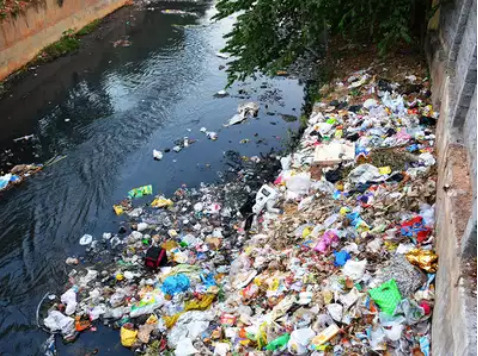
Plastic usage over the past decades has been increasing exponentially, the waste plastic which is leftover from food items, packaging materials, waste polyester, stationeries, and old parts from electronics machinery, is sometimes dumped into the riverfront or its bank. This is due to it is not easily recyclable and requiring a lot of money, so the easier option becomes to dump it into the river or the ocean. Back in the day, this wasn’t such big of an issue but over the past decade, our usage of plastic and other waste materials has increased and is starting to become a big issue and needs to be addressed quickly.
One more factor causing this problem to still exist is loose regulations and norms or people taking advantage of the government/system, for river water usage and waste management, which is why Tapi among many rivers in the world is suffering from it.
Although industrial waste and plastic are one of the largest contributors to Tapti river pollution, other miscellaneous factors are also responsible for the same, such as religious practices, fishing, boating, trade, and heavy rains are also responsible for the same.
Effect and impact on other sectors
Plastic is a material used all over the world, but only recyclable in some places, because the land has strict norms for waste and has landfills everywhere, is not presentable and also expensive, people generally resort to dumping waste into the river nearby, although other factors like loose regulation and illiteracy add to this problem and contribute equally.
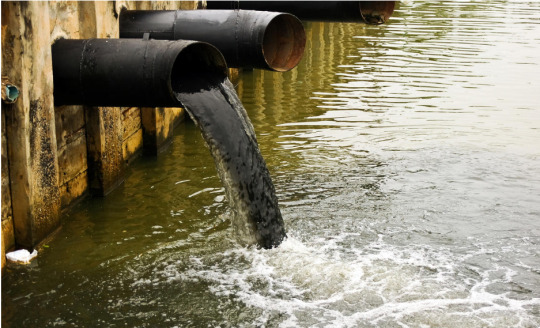
Consequently, a lot of marine life and water quality depletes day by day, and at the end of the day, we as citizens have to spend more amount of money on water purification in our homes, or on a local level(in form of taxes).
Industrial waste has been a problem that has high severity, day by day our river has increased contamination and the number of minerals present inside it is increasing day by day.
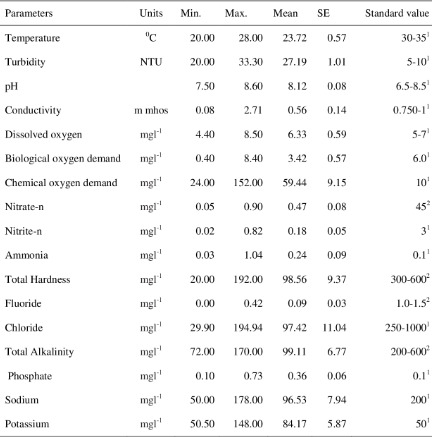
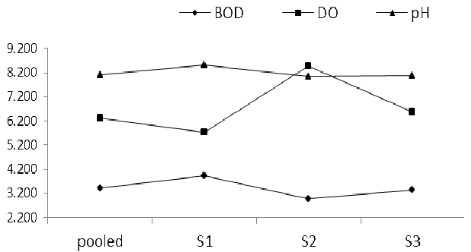
(Data from 2013)
The concentration of minerals like Ammonia, Phosphate, Potassium, and even the Ph value of water is not in the recommended range, and the maximum values of data collected are also well over the limit. While parameters like dissolved oxygen concentration in water, sodium concentration, fluoride concentration, Nitrate concentration, Nitride concentration, conductivity, alkalinity, and even temperature is lesser than of what it should be. This doesn’t allow marine life and other organisms to survive in the river. Continuation of this can also cause severe issues and damage to the ecosystem.
From physics, we know that “For every action, there is an equal and opposite reaction”, which is true in our case (at least analogically). River pollution has its impact not just on us or the marine life but on a variety of places, and sectors.
First of all, being the most obvious is us humans and marine life and the health sector, river pollution leads to several diseases, such as skin irritation and allergies, and consumption can lead to cancer, impotence, sterility in women, and other major health concerns, this is because water can be a source for pathogens, and lead to biomagnification in other organisms, if the river pollution is long term and goes unnoticed it can lead to a disaster (for example Minamata case) and have an impact on future generations, which is why it is such a large issue and globally discussed, also it has increased the average hospital occupancy by 3%.
River pollution can have an impact on the economic sector too because there is demand for freshwater from all over the world, river pollution can hamper fresh water supplies over the world, and companies like Kinley make use of water extracted from rivers located in Gujrat, Kolkata, etc… Due to high river pollution in India, some countries have banned the fresh water supply from Indian rivers.
It can also have an impact on the farming industry, this is because salty water is not good for crops, farms resort to taking their fresh water supply from rivers, and due to the water being contaminated with chemicals and plastic waste, it can affect the crops that grow, or result in an unhealthy or a low yield, often because the yield is bad/unhealthy or there is too much crop residue, farmers tend to burn it, causing air pollution, and due to this, there is a 9% growth loss in our GDP growth rate, in the past decade.
Too much pollution in the river can also cause water clogging, which can affect our local freshwater supply too.
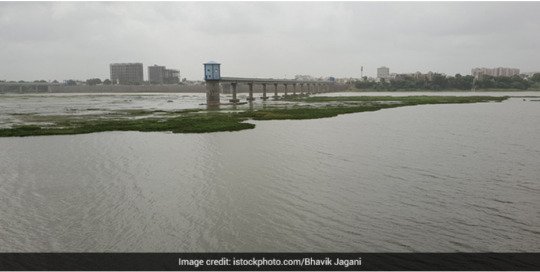
One hot example of the impact on the economic sectors is the way SMC has used Tapi river pollution to its advantage by setting up sewage treatment plants, selling fresh water to local industries and other states, and generating a lot of revenue.
Another sector being affected by Tapi river pollution is Climate change, when evaporating processes are naturally occurring, pollution of plastic and industrial waste can lead to the mixing of toxic and greenhouse gas into the same, causing changes in rain cycle, extreme heat/cold, abnormal water levels, and extreme weather conditions, in the long run.
Sustainability issues that arise due to this
Sustainability isn't just about the environment, it also includes environmental and social aspects to it. And river pollution as highlighted above affects all three of them causing tension and issues towards sustainability.
River pollution impacts and contributes to a lot of SDGs, such as 3. Good health and well-being, 12. Responsible consumption and production, 14. Life below water, and most importantly 6. Clean water and sanitation. Because these SDGs are being affected, other SDGs also come into inclusion such as good health and well-being, industry innovation and infrastructure, and climate action.
This not only causes, a lot of people to suffer but our goals are being delayed. And it is really important to remember that “Thinking someone else will solve the problem will not help it”. The more delayed and more intense the problem gets, it will get more difficult for us to repair the damage we have done. And Inorder to become sustainable, we have to solve this issue.
Although Tapi river pollution hasn’t become very severe, we have already started facing problems like lack of clean water and sanitation and life below water, for our holy river. Continuation of these practices can lead to other issues and delay our achievement of the SDGs, moreover can impact the population both local and global.
Steps have already been taken (big and small)
Because this is not a recent problem and has been observed by local authorities and globally steps have already been taken to minimize the effect and for the betterment of our river.
→ Tapti river Bank cleanup movement: This movement has been organized by the local authorities, private NGOs, and other organizations with the help of SMC, to gather as many people as possible for the clean-up purpose of the Tapti river.

Back in 2018, efforts from SMC, under our ex-Chief minister Vijay Rupani had Organized an Rs. 941 crore cleanup plan 2018 and is still in progress, however, the importance and progress have depleted since COVID-19.
Apart from SMC and other big organizations, small NGOs, institutions, schools, colleges and many other organizations have put in efforts for our river recovery, although their contribution is very little, it has a huge impact on others.
Steps that can be taken by us!

If you are someone who can’t make a huge difference, just making small changes to your lifestyle can also help the situation, because remember, to climb a mountain you have to take small steps.
Here are some tips and tricks from my end that can help you reduce your contribution to river pollution and help reduce the damage being done.
Tip1: Note what chemicals you use: Most chemicals nowadays contain some amount of minerals such as phosphorus, arsenic, and sometimes even ammonia, which can be harmful to the water quality of the river you live nearby, so instead of using basins or toilets to drain our these chemicals you use, instead use to dustbin or drainage bags to do so.
Tip2: Use less plastic: Although it is quite hard to avoid plastic because most of the things you make use of are made of plastic, try and consume it less, resume the bottle you bought from the store, avoid plastic packaging, and try to recycle and resume what you consume.
Tip3: Don’t litter around, instead use the dustbin: Using the dustbin to throw out the trash is important because many times the thrash you throw around doesn’t end up where it is supposed to, also producing less waste can also help the cause, instead of buying from supermarkets, choose for local stores, this helps the economy and also helps the environment and reduce waste.
Tip4: Spread awareness, a lot of people nowadays have access to social media and the internet, and it is really important for people to know how severe the Tapi river conditions are, and is important for a lot of people to know and help our cause.
Tip5: Clean nearby river banks, or donate some money to do so, organizations like Rivers of the world foundation, The Nature Conservancy, or the Environmentalist Foundation of India help clean rivers and maintain their water quality, donating to these organizations or participating in the campaigns organized by them can help clean the river a lot.
Conclusion
At the end of the day, our Tapti river has suffered a lot and this needs to be changed. Join in the movement and help make a difference, make changes to your lifestyle, not for you, not for all of us, but for our river.
Citation:
"Tapi River | Tapi River Map, System, Pollution, History And Importance". NCERT Books, 2022, https://www.ncertbooks.guru/tapi-river/. Accessed 9 July 2022.
"Arabian Sea - Economic Aspects". Encyclopedia Britannica, 2022, https://www.britannica.com/place/Arabian-Sea/Economic-aspects. Accessed 9 July 2022.
"River Water Pollution In India: It’S Causes And Impact". Youth Ki Awaaz, 2018, https://www.youthkiawaaz.com/2018/11/the-rising-pollution-of-rivers-in-india-what-might-be-the-consequences/. Accessed 9 July 2022.
Intechopen.Com, 2022, https://www.intechopen.com/chapters/58138. Accessed 9 July 2022.
https://www.conserve-energy-future.com/causes-effects-of-industrial-pollution.php
News, City, and surat News. "Massive Campaign To Clean Up Tapi River Begins On May 1 | Surat News - Times Of India". The Times Of India, 2022, https://timesofindia.indiatimes.com/city/surat/massive-campaign-to-clean-up-tapi-river-begins-on-may-1/articleshow/63964494.cms. Accessed 9 July 2022.
2022. [online] Available at: [Accessed 10 July 2022].
2022. [online] Available at: [Accessed 16 July 2022].
4 notes
·
View notes